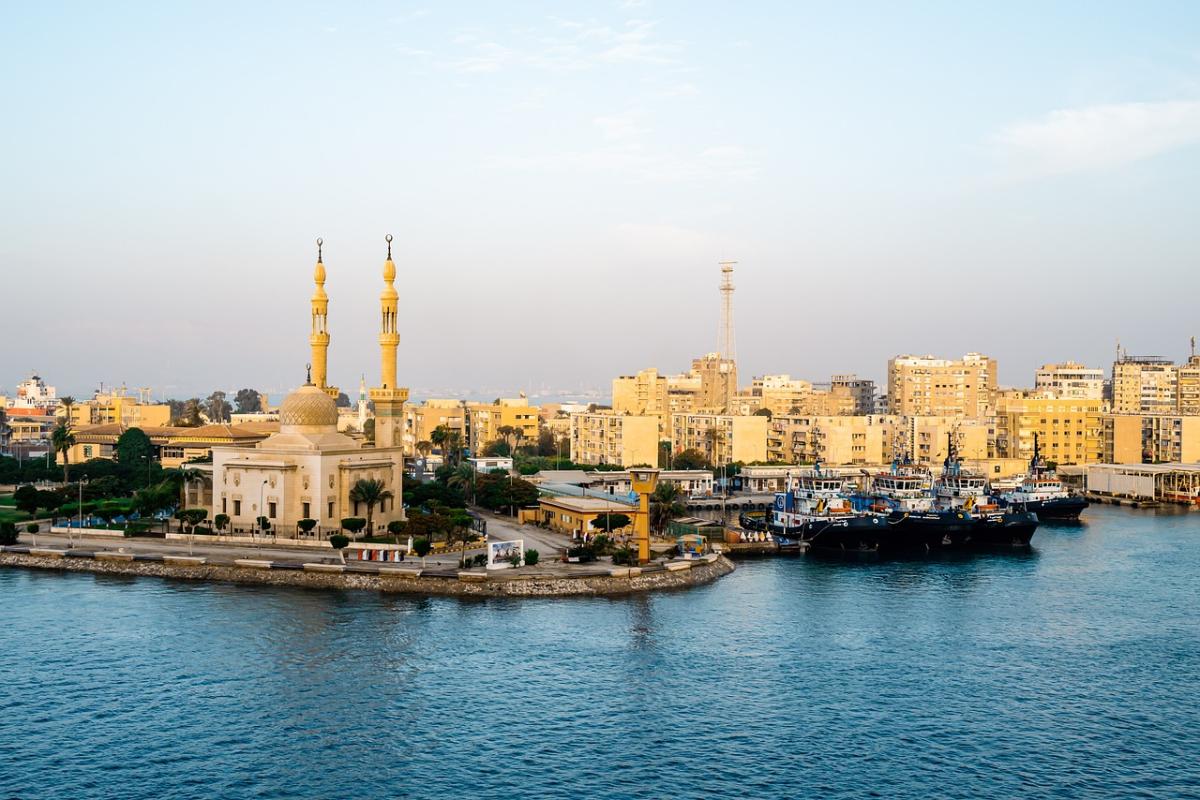
Discussing the history, construction, and significance of the Suez Canal
The Suez Canal is one of the most important waterways in history. It is a man-made waterway located in Egypt, connecting the Mediterranean Sea to the Red Sea. The construction of this canal began in 1859 and was completed ten years later in 1869, under the command of Ferdinand de Lesseps. This canal changed the course of trade throughout many countries forever by providing a much quicker passage from Europe to Asia and Africa than having to sail around Africa’s cape. Its benefits for Egypt were far reaching as well; it provided an essential source of income through taxes on vessels that traverse its waters and increased trade opportunities between nations. Additionally, it created thousands of jobs for locals who were employed during its construction or are now involved with maintaining and operating vessels using it today.
Construction
The construction of the Suez Canal was a monumental feat that began in 1859 and took ten years to complete. The task involved uncovering the land before construction, which included dredging out sediment from the Mediterranean Sea to create a channel between it and the Red Sea. This process required over 10 million cubic meters of material to be removed with hundreds of steamboats, shovels, and wheelbarrows. Once enough space had been excavated for vessels to traverse through the canal’s waterway, various engineering techniques were used such as building banks along its length in order to keep it at a consistent depth throughout. Furthermore, various locks were installed allowing ships of different sizes and draughts (the vertical distance between a vessel's hull and waterline) to pass without incident.
To ensure maximum safety during navigation through this man-made structure, several other components were added including lighthouses placed at strategic locations providing guidance for approaching vessels; buoys marking shallows or shoals preventing ships from running aground; weirs built across certain sections controlling water levels; dams made upstream regulating freshwater flow into both seas; breakwaters protecting ports on either side from storms; plus much more! All these elements taken together make up what is known today as one of Egypt's most crucial economic assets - The Suez Canal!
Technological Inventions
The development of modern tugboats is an important technological invention that has been instrumental in the successful operation of the Suez Canal. These small, yet powerful vessels are used to tow ships through the canal and help them navigate safely around its many obstacles. They provide a secure way for large ships to traverse this man-made waterway without fear of running aground or getting stuck on any shoals due to their superior manoeuvrability and power. Tugboats can also be used as emergency response vessels during times of distress; they can quickly move towards damaged ships, providing assistance during rescue operations or helping to evacuate personnel if necessary.
In addition to modern tugboats, another key technology involved in maintaining and operating the Suez Canal is railway systems along its length. Railway lines have long been established on both sides of this vital waterway which allows goods from various parts of Egypt and beyond to be transported directly into ports located along it at extremely high speeds compared with traditional shipping methods. Having access to these rails provides a reliable service for traders looking to move cargo between different countries while using the canal as a transit point; meaning not only will their merchandise get shipped out faster but also arrive much quicker too! This helps keep trade costs down significantly while increasing efficiency overall - something which all parties involved benefit from greatly.
Impact on Trade
The Suez Canal has become a vital trade route for many countries, allowing them to efficiently transport goods between Europe, Asia, and Africa. This man-made waterway provides ships with an alternative to sailing around Africa’s cape which would have taken much longer; the canal shaves off weeks of travel time by providing a direct route from one sea to another. The result is increased cargo flows that benefit both traders and consumers alike as merchants can now move merchandise at greater speeds than ever before while buyers get access to fresh products faster and at competitive prices due to reduced shipping costs.
Furthermore, this artificial passageway serves as a gateway connecting nations together in ways no other body of water does; it facilitates international commerce in multiple industries such as agriculture, manufacturing, and tourism just to name a few. Egypt alone earns hundreds of millions of dollars each year due its role in managing operations along the Suez Canal - revenue they wouldn't otherwise be able to generate without it! It's clear that this man-made marvel has had an immense impact on global trade throughout its existence so far - something we are sure will only continue into the future.
Modernization Projects
The Suez Canal Expansion Project, also known as the New Suez Canal (NSC), is a major modernization initiative that was announced in 2014 with plans to be completed by
This project involves widening and deepening parts of the canal so that more ships can travel through it at once, reducing wait times for vessels from 18 hours to
This expansion will provide much-needed economic benefits to Egypt as it’s expected to double their annual revenues up to $ 13 billion by
Additionally, this project is expected to create jobs for locals both during its construction phase and afterwards when operating new facilities along the canal's length such as ports and lighthouses; plus generate other positive knock-on effects like increasing tourism numbers due to increased convenience in traveling between Europe and Asia via this route!
The NSC has been designed with sustainability in mind too; various measures have been put into place such as installing solar panels along its banks which will reduce energy costs associated with running ferry services across it. It’s estimated that these efforts could save up to 9 million barrels of oil each year - equivalent of almost 2% of Egypt’s total consumption! Ultimately, this ambitious endeavor looks set not only improve the state of one of history’s most iconic waterways but also bring about immense economic growth for Egypt itself - something we are sure all Egyptians would welcome wholeheartedly.
Conclusion
The Suez Canal is an integral part of Egypt’s economy and has been since its inception in
It serves as a major trade route between Europe, Asia, and Africa, allowing for efficient transport of goods while reducing cost and time spent on long voyages around Africa’s cape. The canal also provides thousands of jobs to locals who are employed during its construction or are now involved with maintaining and operating vessels using it today.
In the future, the Suez Canal is set to become even more important due to plans currently underway for its expansion - known as the New Suez Canal (NSC). This project seeks to widen certain parts of the canal so that more ships can travel through it at once; resulting in reduced wait times for vessels from 18 hours down to 11 plus increased annual revenue for Egypt up to $ 13 billion by
Other sustainability efforts such as installing solar panels along banks will reduce energy costs associated with running ferry services across it - expectedly saving up 9 million barrels of oil each year - equivalent almost 2% of Egypt’s total consumption!
It's clear that this man-made marvel still plays a crucial role in global trade after all these years - something which should only get better with further developments planned over coming years. By taking into account all benefits both economic & environmental aspects when making decisions regarding this waterway we can ensure that The Suez Canal remains one of history’s most iconic waterways well into our future!
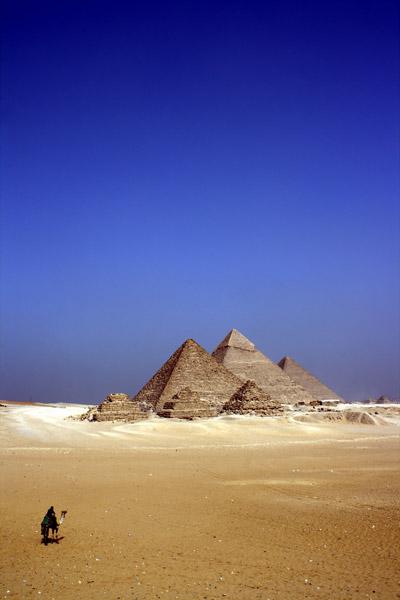
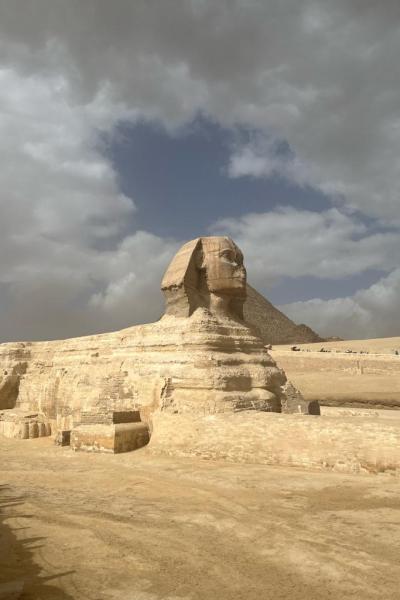
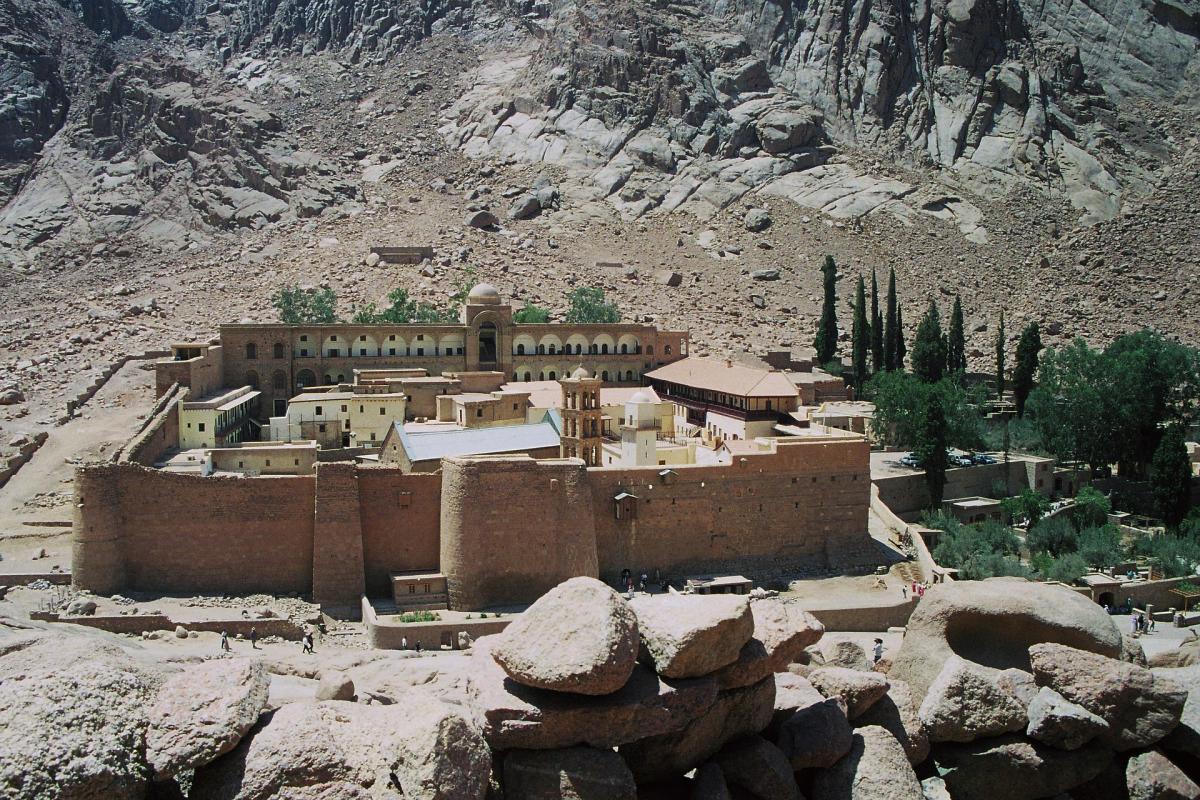
Nestled at the foot of Mount Sinai in the rugged heart of the Sinai Peninsula, Egypt, Saint Catherines Monastery stands as a testament to centuries of faith, history, and art. Officially known as the Sacred Autonomous Royal Monastery of Saint Catherine of the Holy and God-Trodden Mount Sinai, it is the...
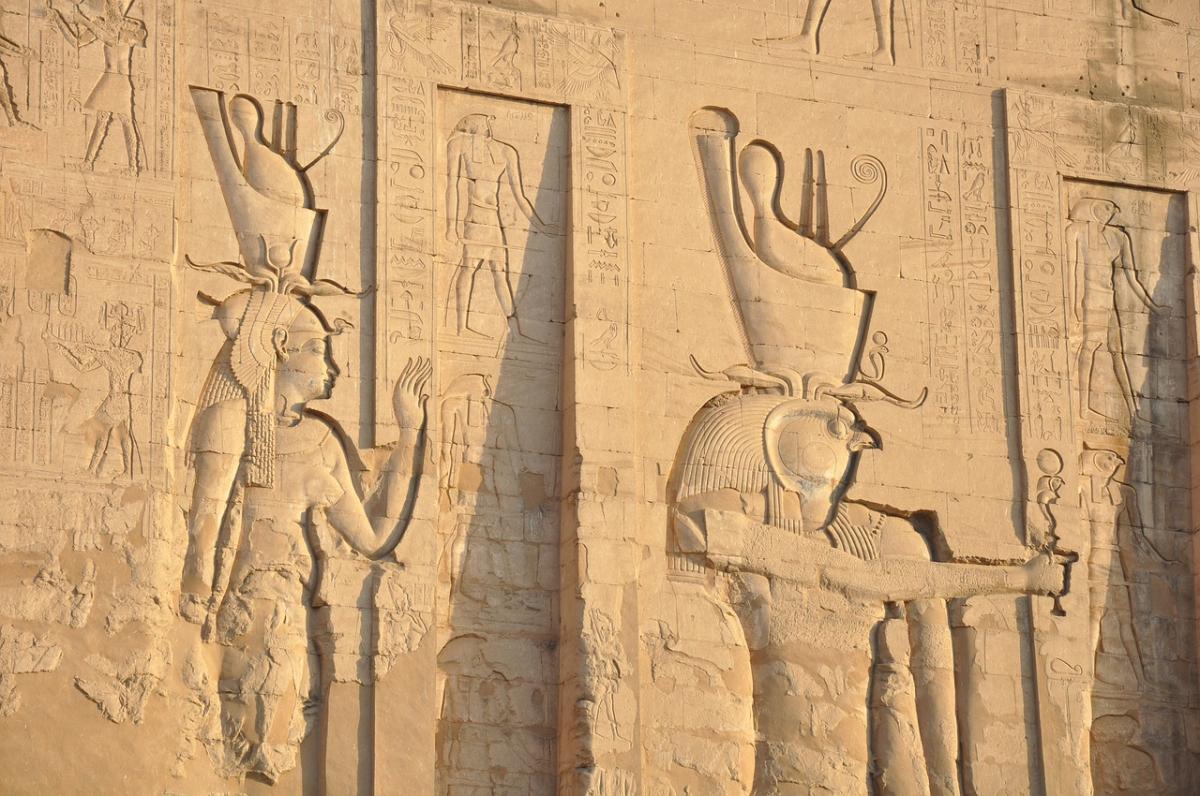
Egypt, a nation at the crossroads of Africa and the Middle East, boasts a culture that is as rich and layered as its millennia-old history . From the monumental legacy of the Pharaohs to the enduring influence of Coptic Christianity and the pervasive traditions of Islam, Egyptian culture is a vibrant...
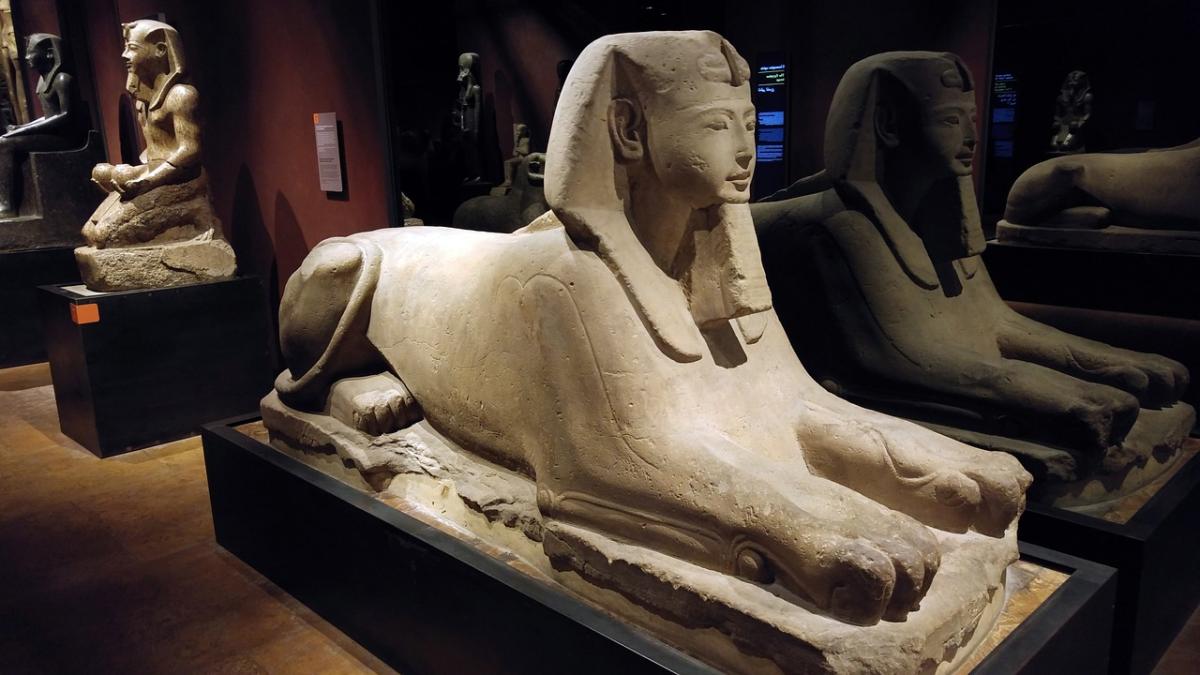
Located in the heart of Cairo on Tahrir Square, the Museum of Egyptian Antiquities, commonly known as the Egyptian Museum, stands as the oldest archaeological museum in the Middle East . For over a century, it has been the worlds foremost repository of Pharaonic antiquities, offering an unparalleled...